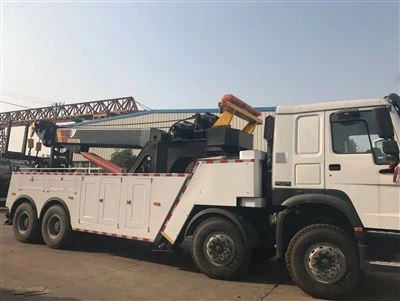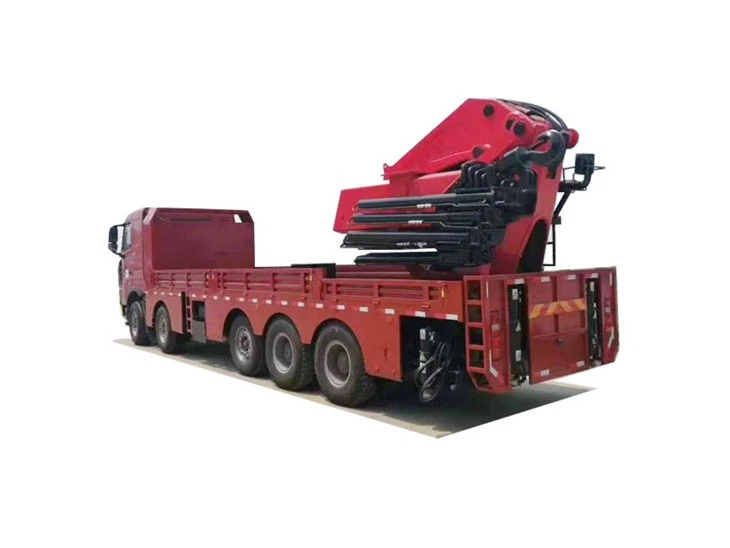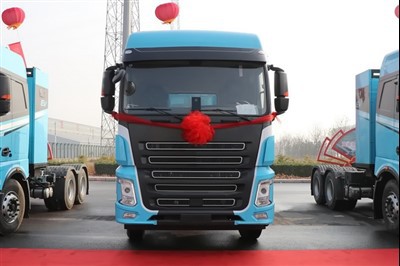18 Wheeler Cabin Interior: A Comprehensive Guide to Truck Comfort and Efficiency

When you think of long-haul trucking, the mind often jumps to the vast highways and the immense size of 18-wheelers. However, the heart of an efficient trucking operation lies not just in the power of the engine but also in the comfort and functionality of the cabin interior. The interior of an 18-wheeler is designed to be a home away from home, accommodating the needs of truck drivers who spend hours, if not days, on the road. In this comprehensive guide, we delve deep into the various elements of 18 wheeler cabin interiors, exploring their design, functionality, and impact on a driver’s overall experience.
Understanding the Importance of Cabin Interior Design
The cabin of an 18-wheeler is more than just a driving space; it is a multi-functional area that needs to support a driver’s work and personal life. The design and layout of the interior can significantly affect a driver’s comfort, productivity, and safety during long trips. Here we will explore why cabin interior design is critical.
Enhancing Comfort for Long-Haul Drivers
Long hours on the road can take a toll on a driver’s body. Therefore, an ergonomic and well-designed cabin interior can help reduce fatigue. Key elements that enhance comfort include:
- Ergonomically designed seats that can be adjusted for optimal posture.
- Climate control systems to maintain a pleasant temperature.
- Ample space for movement, allowing drivers to stretch and rest adequately.
Boosting Productivity with Functional Layouts
A functional cabin layout allows drivers to perform multiple tasks seamlessly. This includes:
- Designated areas for work equipment like laptops and tablets.
- Organized storage for personal items, food, and tools to minimize distractions.
- Easy access to controls and instruments for safer operation of the vehicle.
Key Features of 18 Wheeler Cabin Interiors
Seating and Ergonomics
One of the most critical components is the seating arrangement, which plays a vital role in the driver’s comfort and overall experience on the road. Factors to consider include:
- Adjustable Features: Seats should have adjustable height and backrest settings.
- Cushioning: High-density foam padding helps reduce pressure points.
- Lumbar Support: Built-in lumbar support can alleviate lower back pain during long trips.

Climate Control Systems
Maintaining an optimal cabin temperature is essential. Modern 18-wheelers come equipped with advanced climate control systems that include:
- Automatic air conditioning that adapts to exterior temperatures.
- Heated seats for cold weather.
- Air filtration systems to improve air quality inside the cabin.
Storage Solutions
Effective storage solutions are vital in maximizing cabin space. Some ideas include:
- Overhead Storage Compartments: Perfect for stowing away personal items.
- Side Storage: Built-in side compartments allow easy access to necessities.
- Drawer Units: Utilize the space under the bunk for additional storage.
Entertainment and Connectivity
In-Cabin Entertainment Systems
Long hours on the road can become monotonous. Entertainment systems help drivers stay engaged and relaxed. Key features include:
- High-Definition Sound Systems: For music and podcasts.
- Television Setup: Some cabins are equipped with a small TV for leisure time.
- Connectivity Ports: USB and Bluetooth connections allow for the use of personal devices.
Navigation and Communication Devices
A modern 18-wheeler cabin should also integrate advanced navigation and communication systems, such as:
- GPS Systems: For efficient route management.
- Hands-free Communication: Bluetooth devices that enable safe calling.
- Dash Cameras: For safety and monitoring purposes.

Interior Aesthetics
Choosing the Right Materials
The selection of materials impacts not only the aesthetics of the cabin but also its functionality. Options may include:
- Durable Fabrics: Materials that can withstand wear and tear from constant use.
- Wood Finishes: For a more polished and sophisticated look.
- Easy-to-Clean Surfaces: Vinyl and leather are popular choices for their simplicity in maintenance.
Lighting Solutions
Good lighting is crucial for safety and ambiance. Consider these lighting options:
- Ambient Lighting: Soft lights that create a relaxing atmosphere.
- Task Lighting: Adjustable lights for reading or working.
- Exterior Lighting: Ensures that the cabin is well lit during parking.
Safety Features in the Cabin
Driver Monitoring Systems
Safety should always be a priority in an 18-wheeler. Driver monitoring systems include:
- Fatigue Monitoring: Alerts drivers if signs of drowsiness are detected.
- Blind Spot Monitoring: Helps prevent accidents during lane changes.
- Cabin Cameras: Provide an extra layer of security inside and outside the vehicle.
Emergency Equipment
Being prepared for emergencies is crucial. Essential emergency equipment may include:
- First Aid Kits: Basic medical supplies for minor injuries.
- Fire Extinguishers: Accessible for immediate response to fire hazards.
- Roadside Assistance Kits: Tools and items for handling gas issues or tire changes.
Tips for Maintaining Your Cabin Interior
Regular Cleaning Routines
Keeping the cabin clean not only maintains its integrity but also enhances comfort. Tips include:
- Vacuum Regularly: To remove dirt and debris.
- Wipe Surfaces: Use appropriate cleaners for different materials.
- Organize Storage: Regularly check and organize personal items.
Checking for Wear and Tear
Regularly inspect the cabin for any signs of wear. This includes:
- Inspecting Seats: Look for sagging or damaged upholstery.
- Checking Controls: Ensure all electronic systems function properly.
- Maintaining Climate Systems: Regularly change air filters and check refrigerants.
Modern Innovations in Truck Interiors
Smart Cabin Technology
With the advancement of technology, smart cabins are becoming more prevalent. Features include:
- Voice Command Interfaces: Allow drivers to control various aspects hands-free.
- Smart Displays: Touchscreens that integrate various systems for easy management.
- IoT Connectivity: Features that allow real-time tracking and diagnostics.
Eco-Friendly Materials
As sustainability becomes a priority, many manufacturers are using eco-friendly materials. These materials can include:

- Recycled Plastics: Used for storage solutions and various components.
- Sustainable Fabrics: Organic cotton or hemp upholstery options.
- Low-Emission Finishes: Non-toxic materials that reduce chemical exposure.
FAQs about 18 Wheeler Cabin Interiors
What is the most important feature of an 18-wheeler cabin?
The most important feature often varies by personal preference, but ergonomic seating and climate control systems are frequently highlighted as essential for long-haul drivers.
How can I make my 18-wheeler cabin more comfortable?
Consider adding quality seat cushions, maintaining a clean environment, and including personal comforts like blankets and pillows for long trips.
What are the best materials for truck interiors?
Durable and easy-to-clean materials such as vinyl, leather, and high-density foam are popular choices due to their longevity and comfort.
Are there special regulations for truck cabin interiors?
Yes, various safety regulations must be followed, which include making sure the cabin allows for unobstructed views and that safety equipment is readily accessible.
How often should I clean my truck cabin?
Regular cleaning is recommended. A quick clean-up after each trip and a deep clean at least monthly can help maintain hygiene and comfort.
Can I upgrade my truck’s interior features?
Yes, many drivers choose to customize their cabin interiors with aftermarket accessories such as improved sound systems, better seating options, and additional storage solutions.
